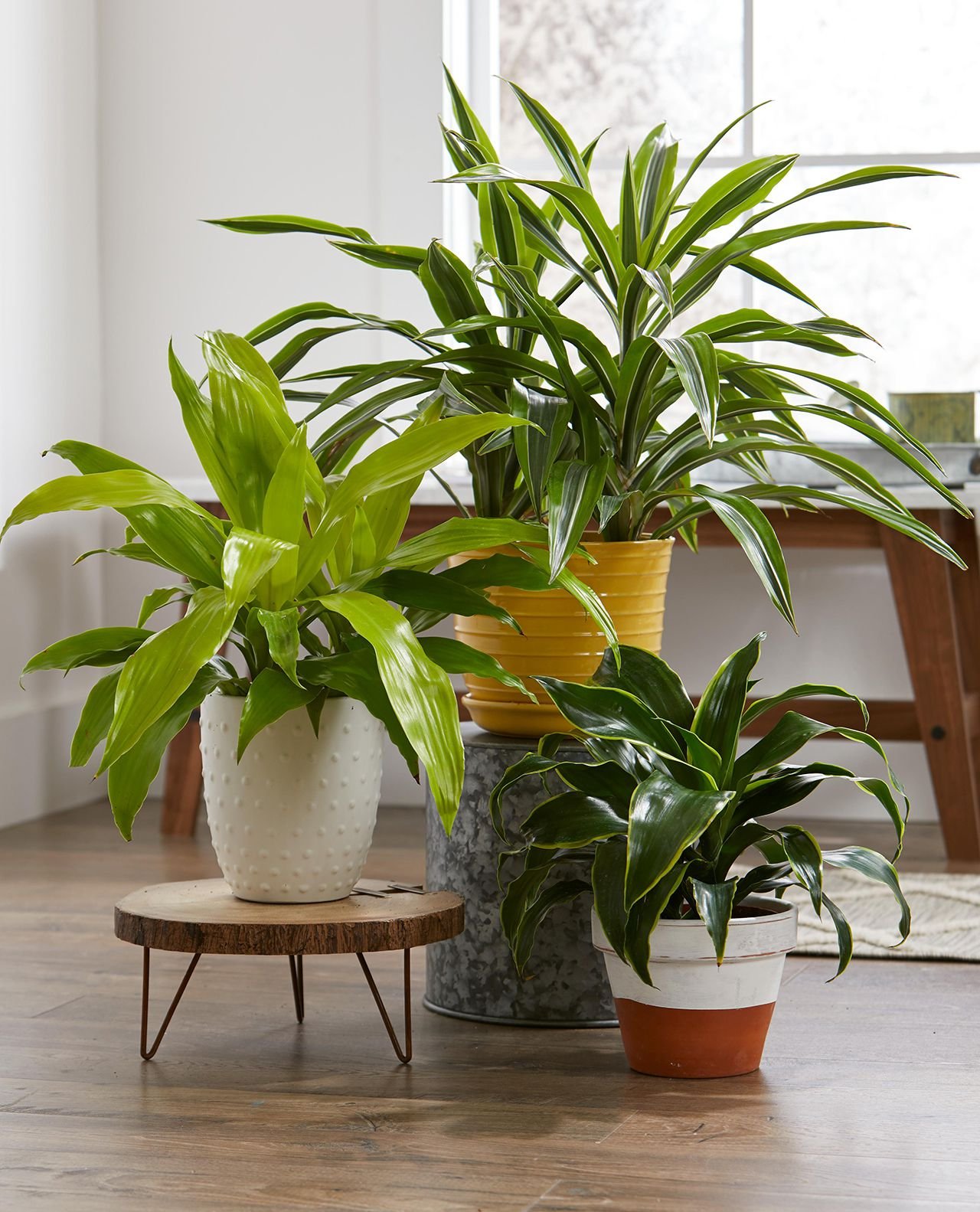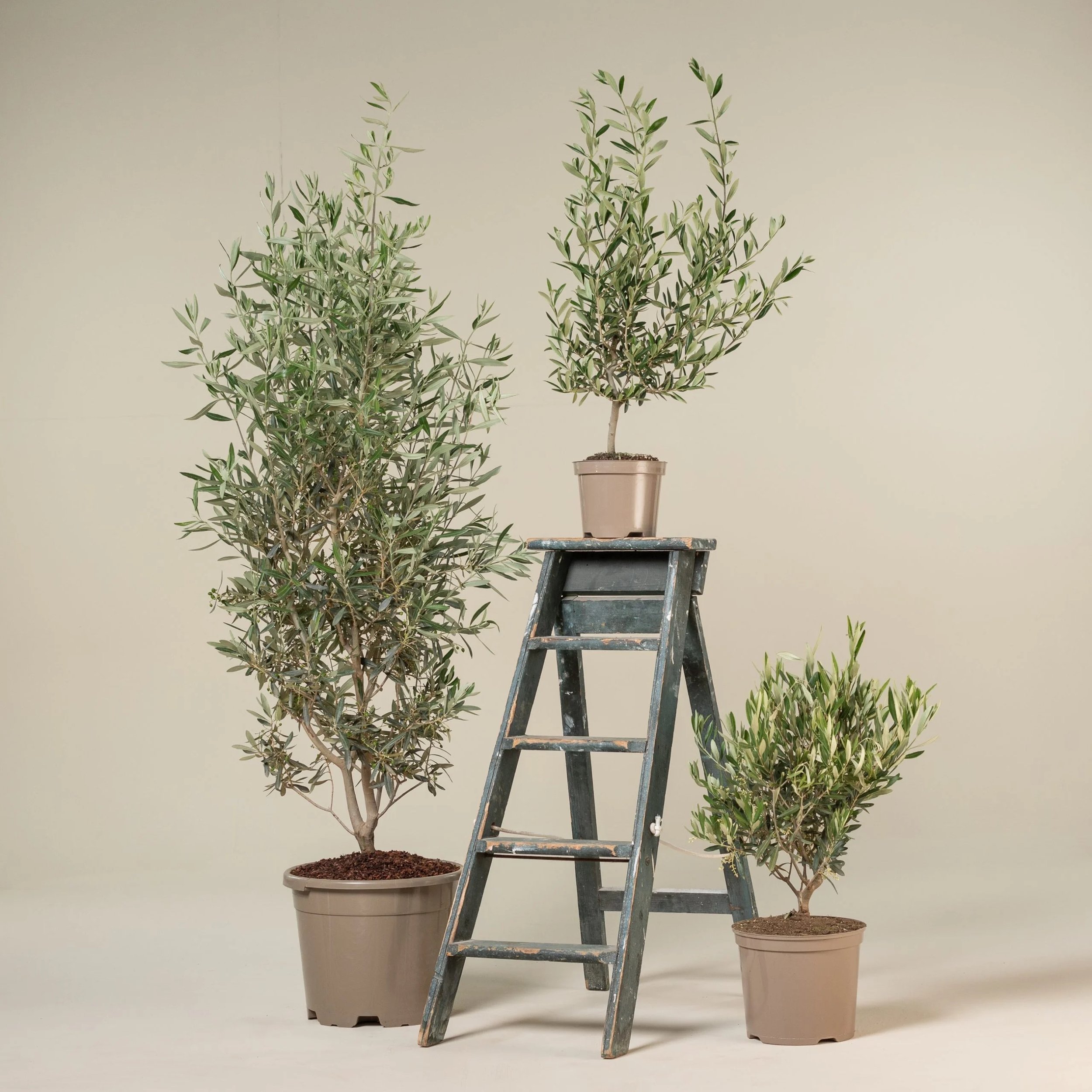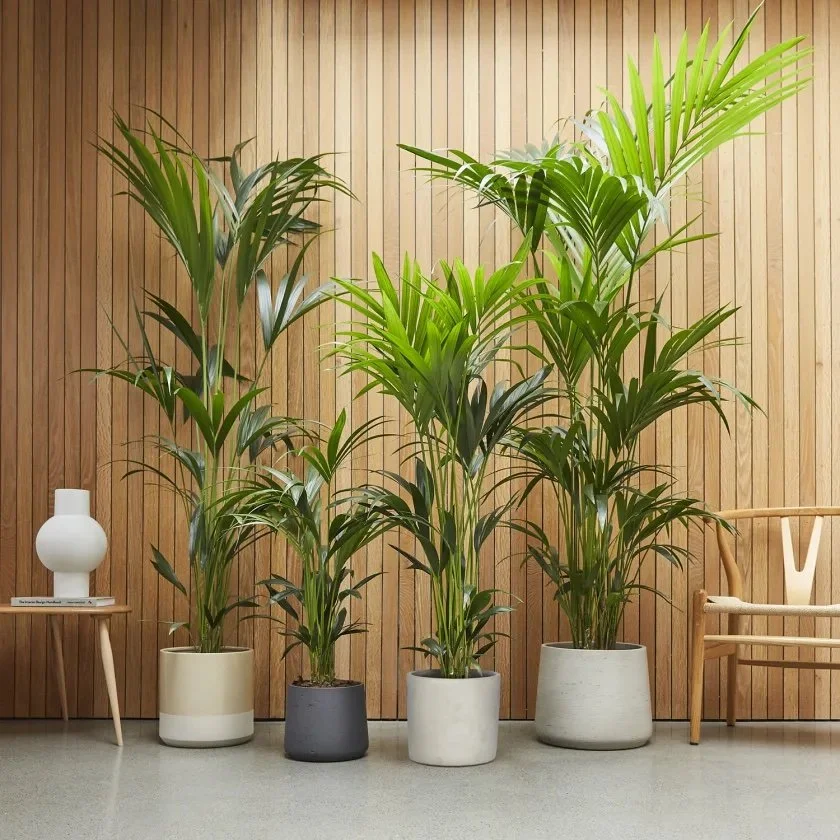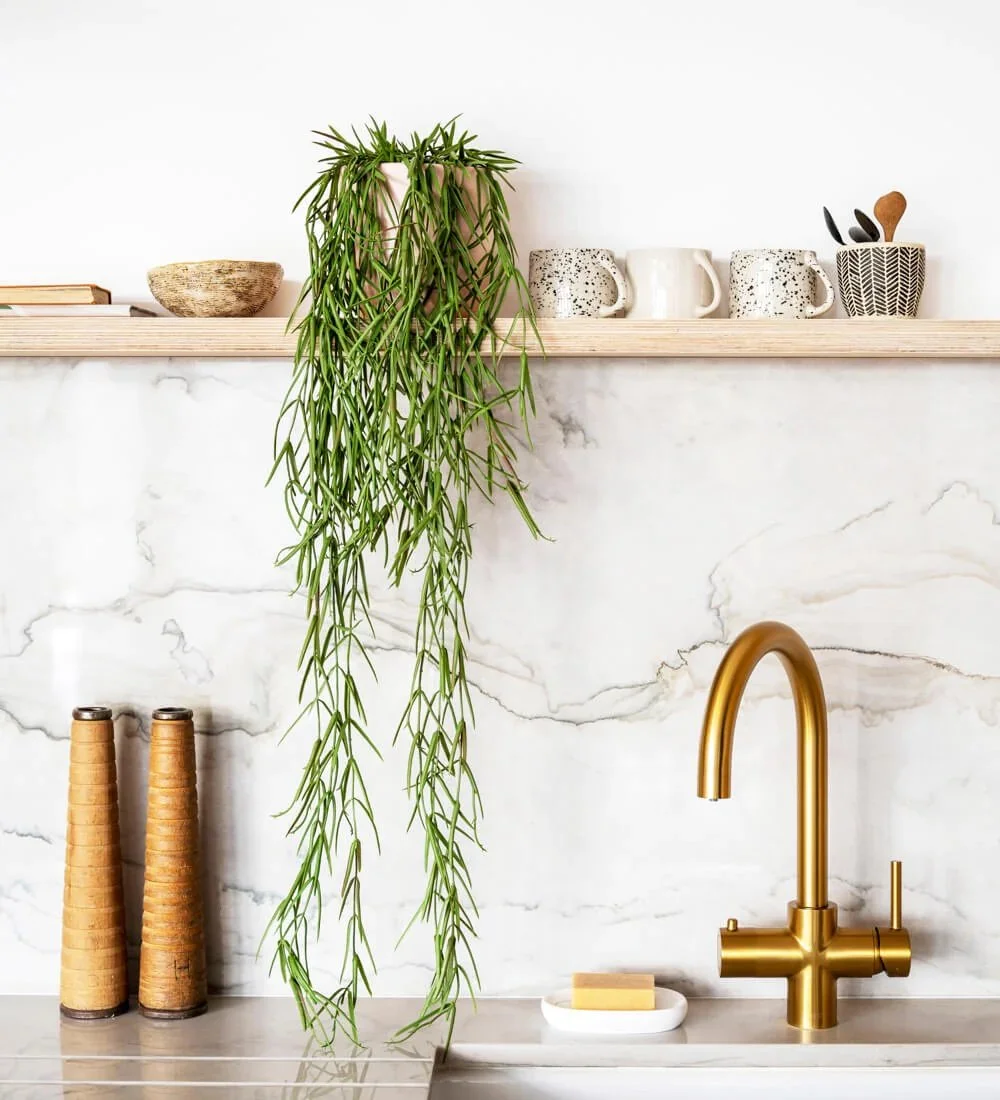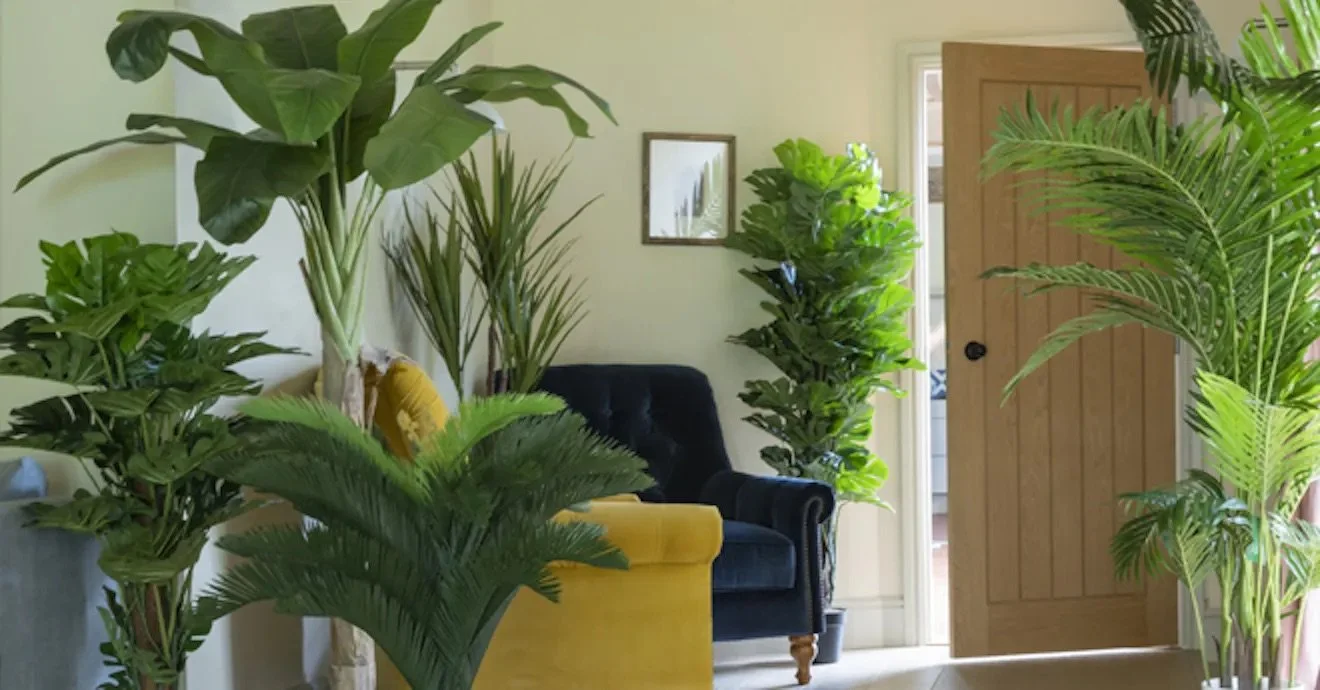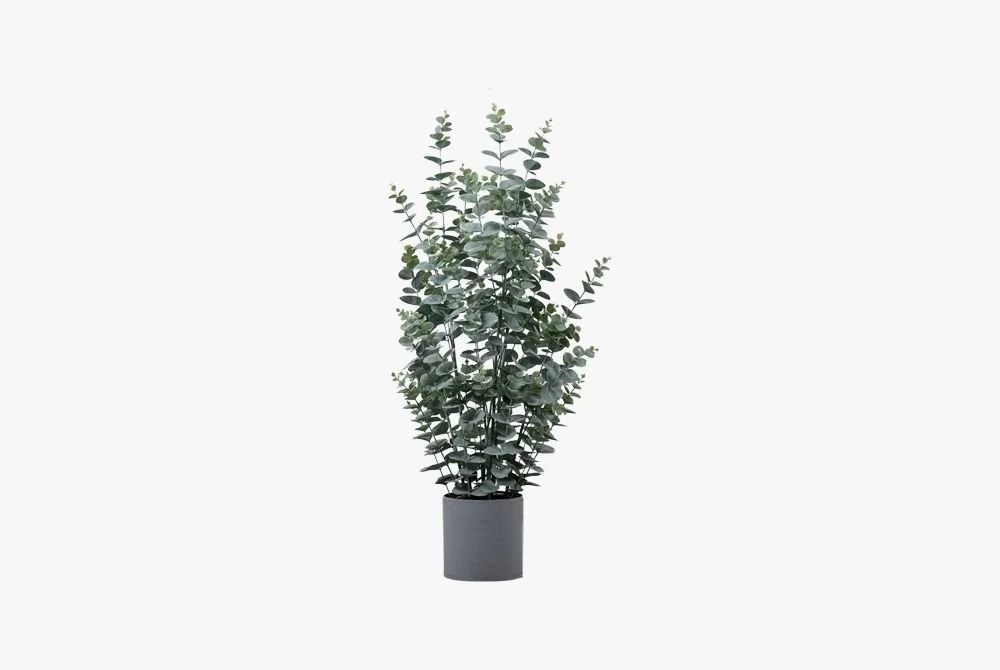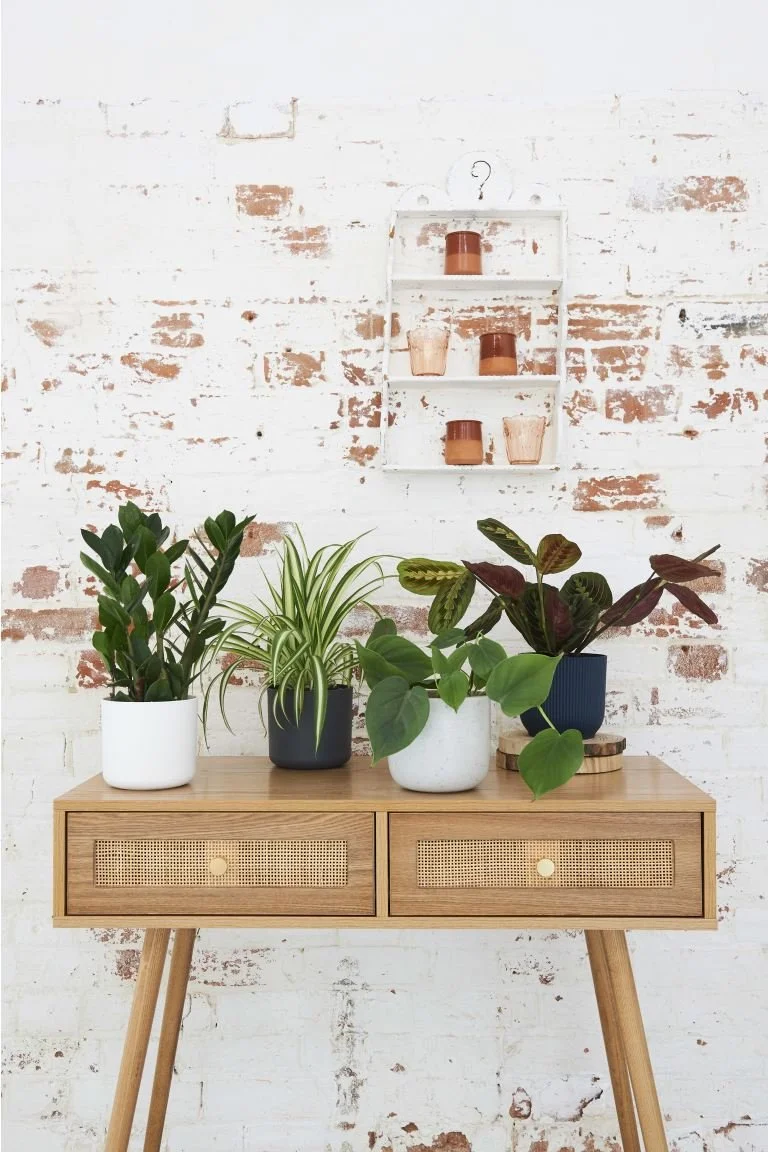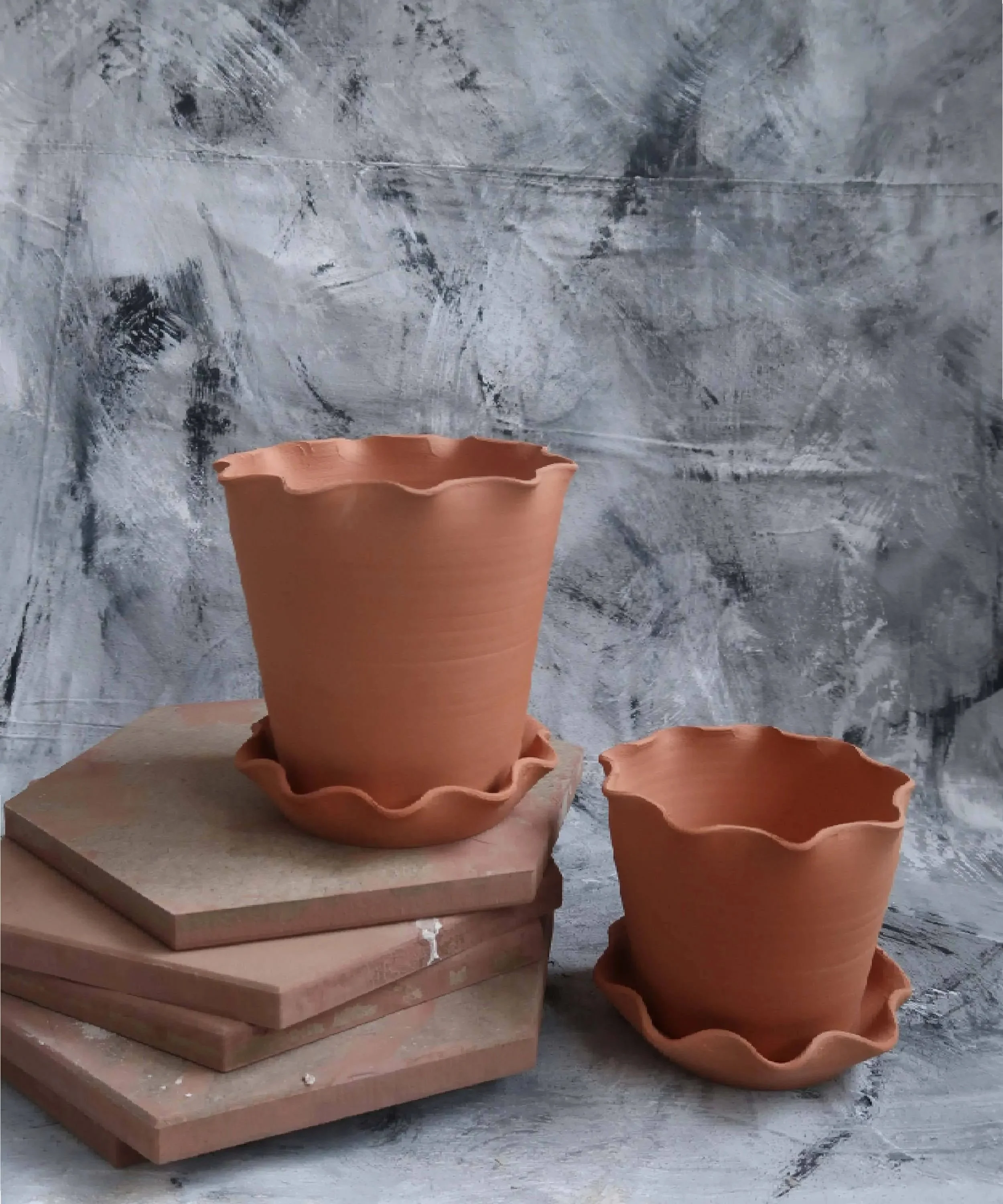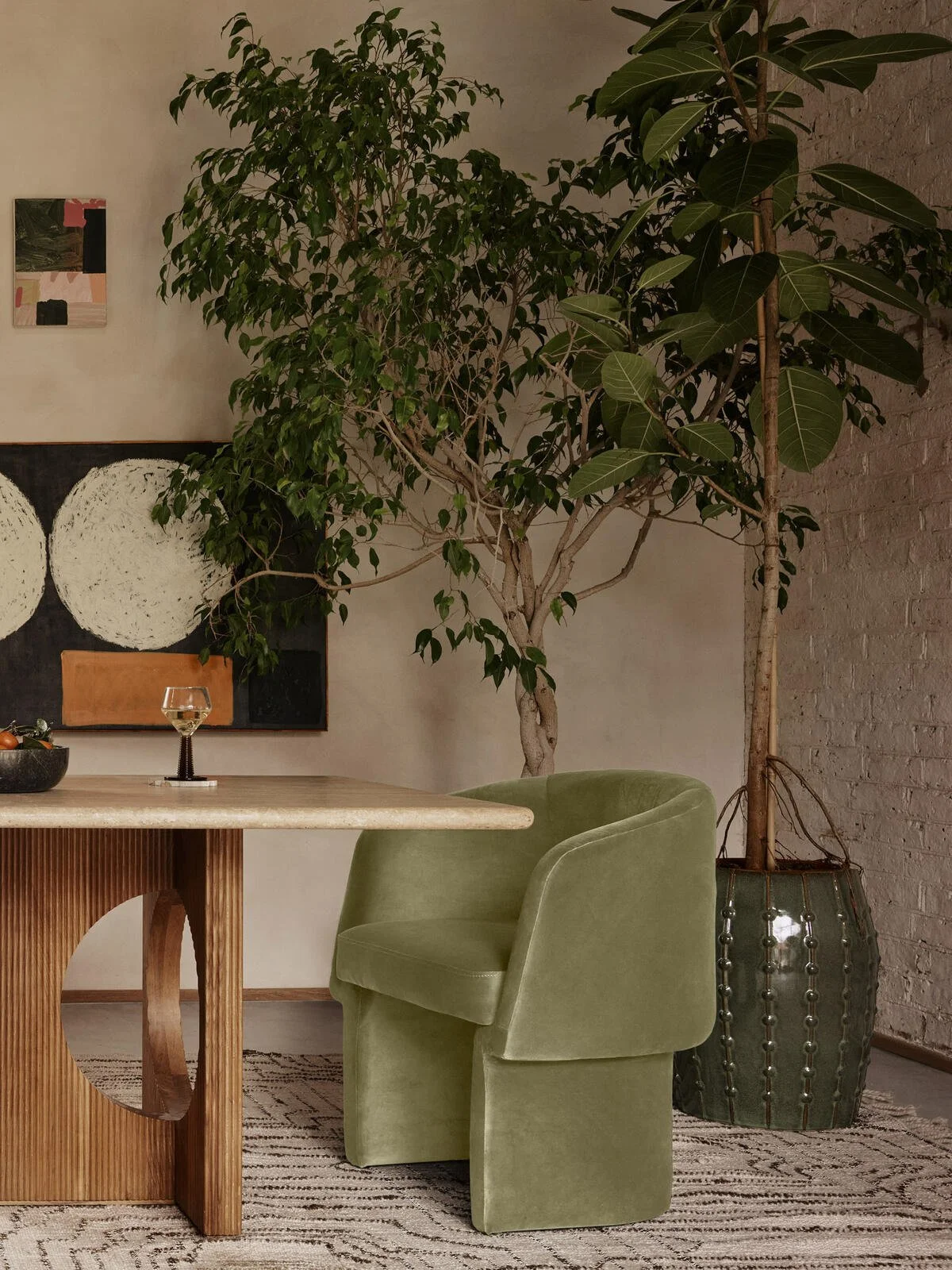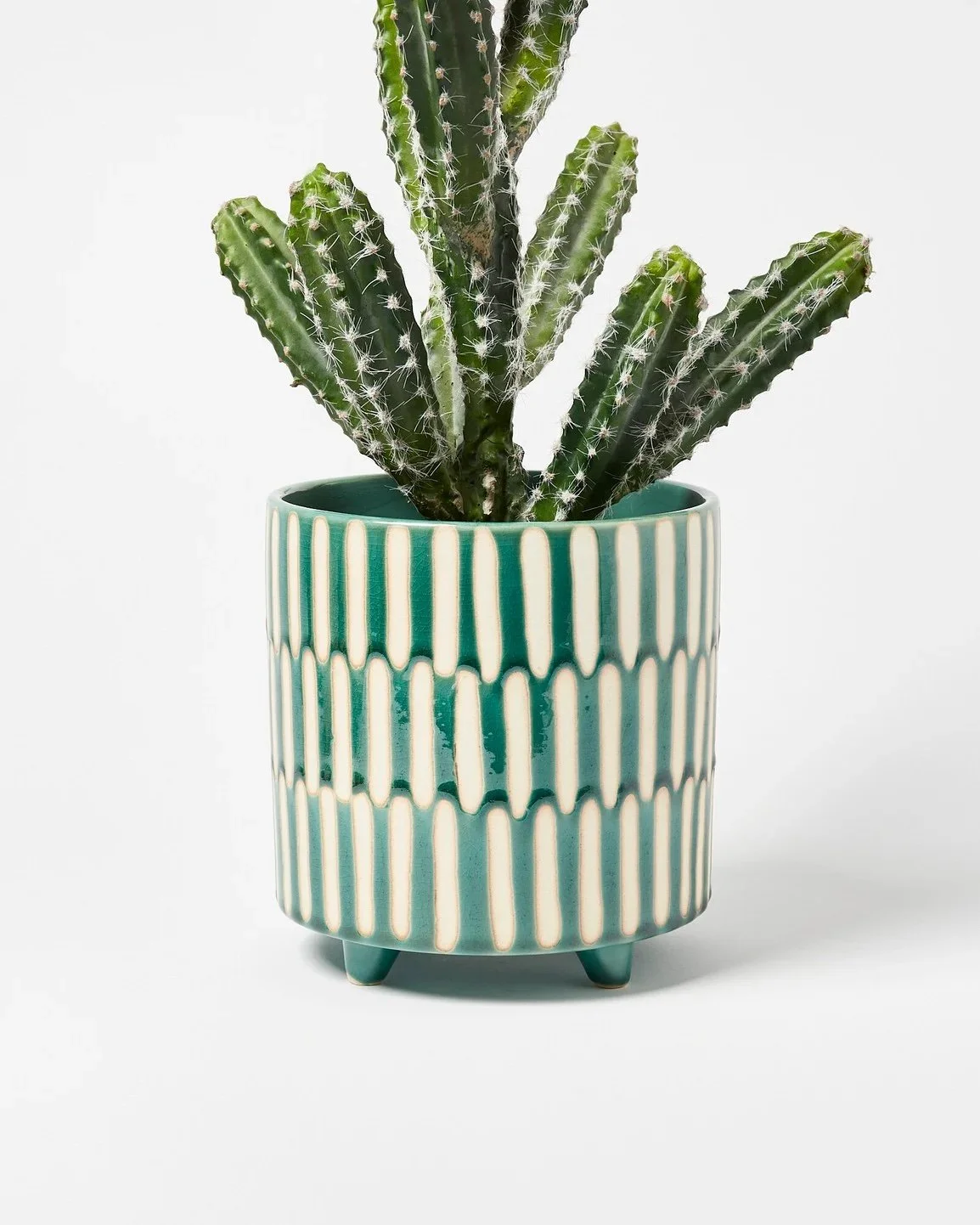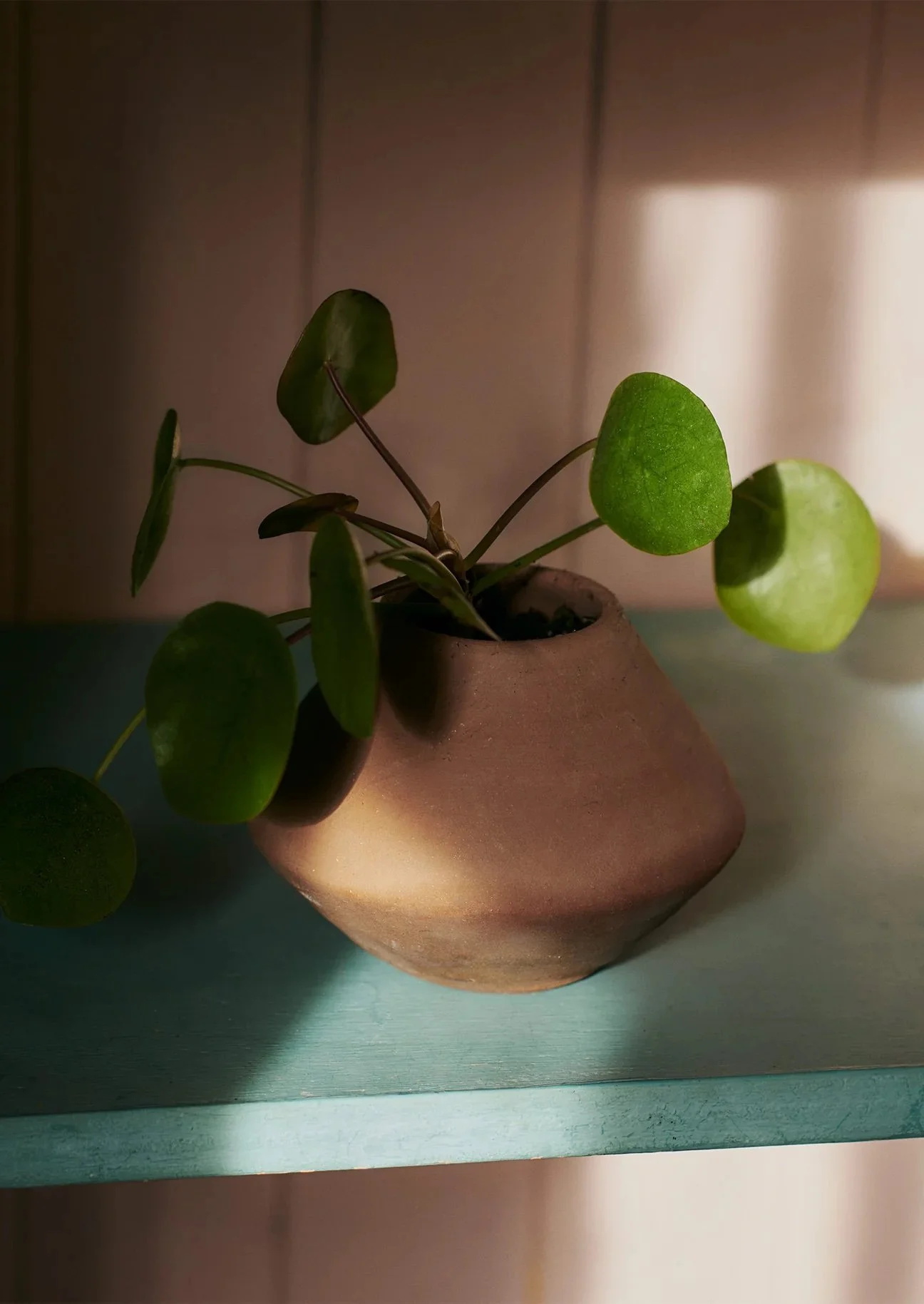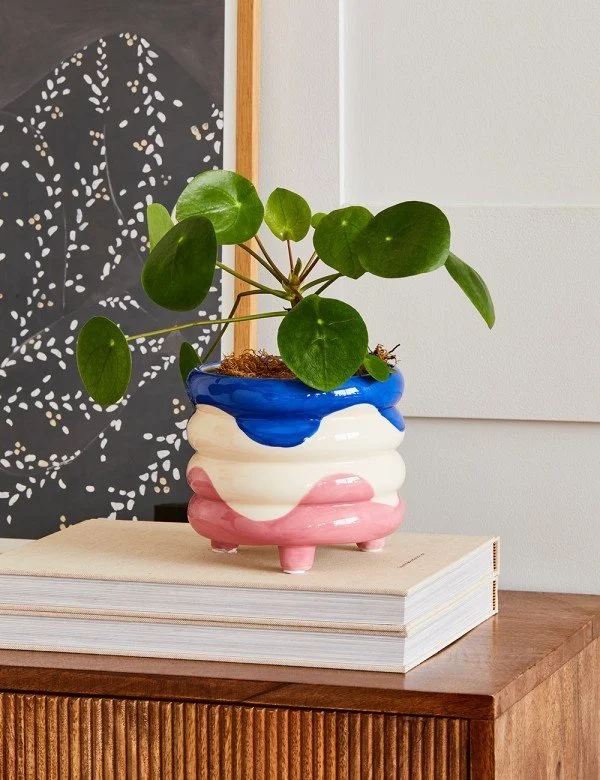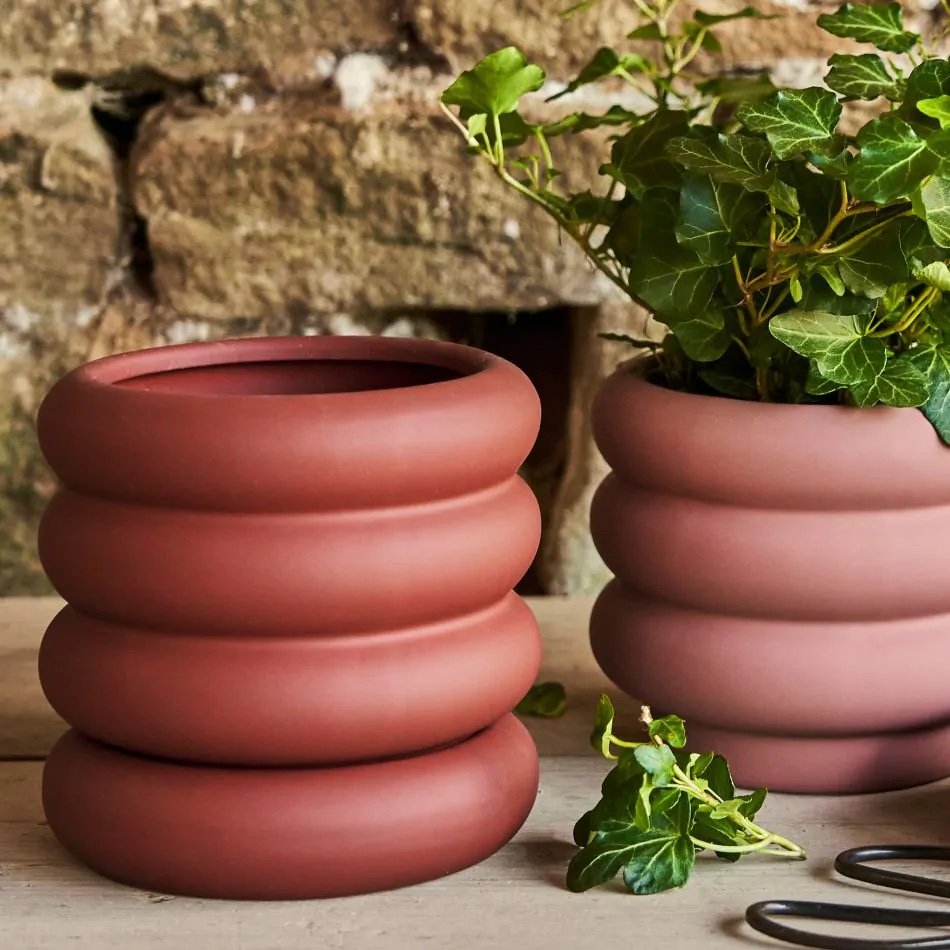Everything you need to know about House Plants.
Happy Saturday, fellow plant lovers. Come on in, grab a seat, and let's dive into my wildly addictive world of house plants. Picture me, surrounded by an urban jungle that would put Tarzan to shame. From the Palm in my living room to the Fiddle Fig in my colourful kitchen, my entire home has been transformed into a secret haven for greenery. You see, it all started innocently enough, with a little plant here and a tiny succulent there. But then, like a tropical vine with an insatiable appetite, my passion for house plants grew. Now, my home is a botanic wonderland, adorned with lush foliage and vibrant blooms.
But what is it about these magnificent leafy companions that has me hooked like a fish on a line? Is it their ability to transform a dull corner (my home has none of these, just FYI) into a vibrant oasis? Or perhaps it's the therapeutic benefits of nurturing a living being, whispering sweet nothings (grow hun, grow) to my ferns in the hopes that they'll reward me with new fronds.
So join me on a fabulous journey through my green-infested world. We'll explore the best houseplants, real and faux, and I’ll deliver some expert tips on how to choose, care for and display your beautiful blooms.
Ready to get your hands dirty? Let’s go.
Fave House Plant Stores
Over the years I have tried and tested many places that sell gorgeous house plants, some better than others. For this blog, I have compiled a list of my favourites, from quaint neighbourhood plant boutiques, where personal attention and expert guidance are the norms, to the bustling markets, where a riot of colours and scents captivate the senses. These are the places that have become my go-to havens for expanding my leafy family.
Best for Faux Plants
When it comes to adding greenery to your home without the need for a green thumb, faux plants have emerged as the champions of convenience. One undeniable pro of faux plants is their everlasting beauty and durability. These botanical doppelgangers require no water, sunlight, or specific care, making them ideal for those with hectic lifestyles or, ahem, limited gardening skills. They effortlessly maintain their lush appearance, never wilting or shedding leaves. As ever, there are some contenders which fare better than others. Mix them with the real deal to enhance their realism. Here are my top choices for realistic-looking faux foliage:
Top Tip: My Go-To Alternative Option:
Dried-out hydrangeas. I literally just don’t put them in water and leave them in a cool dry area. I find this works better with the darker ones
Best Plant Pots
Now let me introduce you to a world of pots that are not just containers but true works of art. My favourite pots for plants are a delightful blend of functionality and aesthetic appeal. From sleek and modern designs to whimsical and colorful pots that add a pop of personality to any space, these pots really elevate the beauty of my beloved green companions. With these pots, every plant finds a home that is as unique as they are.
Glassette - Paige Mitchell Frilly Plant Pot and Saucer - Terracotta
Mastering Plant Parenthood
To round off this blooming blog post, I have a fantastically helpful Q&A session, courtesy of Shannon from Beards & Daisies. Whether you're a novice or a seasoned plant enthusiast, this will address your burning questions about houseplant care. From watering tips to troubleshooting common issues, join us as we explore the wonderful world of indoor greenery and discover the secrets to successful plant parenting.
LPD: What are some of the best houseplants for beginners, and why?
B&D: For any beginner we always recommend a Kentia palm, ZZ plant or Devil’s Ivy. These plants are the definition of laid back and pretty much unkillable - they require very little care and are super forgiving if you forget to love them for a little while. Don’t worry - we know you’d never neglect them on purpose!
LPD: Can you give some tips for maintaining healthy houseplants, especially for those with little gardening experience?
B&D: It’s important to first assess the light in your space and then choose your plants accordingly. We’re all guilty of finding a plant we love the look of and then popping it in a space it’s just not suited to. If you have a south-facing window, pick a sun-seeker who will thrive in bright light, such as the beautiful Bird of Paradise. If you have an east or west-facing window, then choose a plant that likes bright but indirect light, such as a Prayer plant. North-facing windows typically provide lower light, so pick a plant that can tolerate low light, such as a Devil’s Ivy.
We’d also recommend picking plants that work with your schedule, if you have a lot of time to give then why not branch out and pick a real diva and test your plant parenting skills? If you’re short on time then it’s probably best to stick to more low maintenance plants.
Always prune your plant when needed, don’t be afraid to give them a little trim! This makes it possible for your plant to focus its energy on creating new and healthy leaves.
Remember to repot your plants too, as & when it needs it. You will know when it’s time for them to make the move to a bigger home, as you will see roots sticking out the bottom of your plants nursery pot. Repotting when needed keeps your plant nice and healthy, encouraging it to grow bigger and strong - we recommend repotting in springtime, the start of growing season.
LPD: Are there any common mistakes people encounter when caring for houseplants, and how to avoid them?
B&D: Overwatering! This is a mistake we see ALL the time, and that’s because it’s so easy to sometimes care too much for your plants.
To avoid overwatering your plants, you should make sure the top 2 inches of soil are dry before watering your plants, otherwise you can quite literally kill them with kindness.
Keep your plant in a pot that has drainage holes at the bottom, avoid potting it straight into a decorative pot.
Always make sure any excess water can drain off. Why not try watering your plants in a sink or bathtub and then leave them there for 30 mins, to allow any extra water to drain out. Alternatively, you can pop a saucer underneath your plant pot, to catch the excess.
LPD: What are some innovative or unique ways to display and showcase houseplants in a home, particularly when you have limited space?
B&D: If you are short on space, it can be super tricky. You can really make the most of any additional wall space you have by curating a vertical garden with wall-mounted shelves to create a beautifully green living wall of plants.
If you have any sun seekers, why not home them on your window ledges? Not only will they look gorgeous, but they’ll enjoy sunbathing too!
Invest in a tiered plant stand, this way you can display multiple plants without taking up much floor space. They’re very stylish and are great fun to style in your home.
LPD: If house plants could communicate with humans, what would they say their biggest pet peeve is?
B&D: There definitely would be a few!! We would say their biggest pet peeve would have to be lack of attention. They long for attention from their human parents, so they would wish for frequent interactions, such as dusting their leaves to keep them free of dirt, misting them and even playing music to them. They would also never turn down words of encouragement whispered to their leaves!
So as we come to the end of our exploration of the world of houseplants, one thing becomes abundantly clear: these green companions have an undeniable power to transform our living spaces and they bring a touch of nature's beauty and tranquility indoors.
You can’t buy happiness, but you can buy plants, and that’s pretty much the same thing.
Happy planting!
Love,
Lisa



